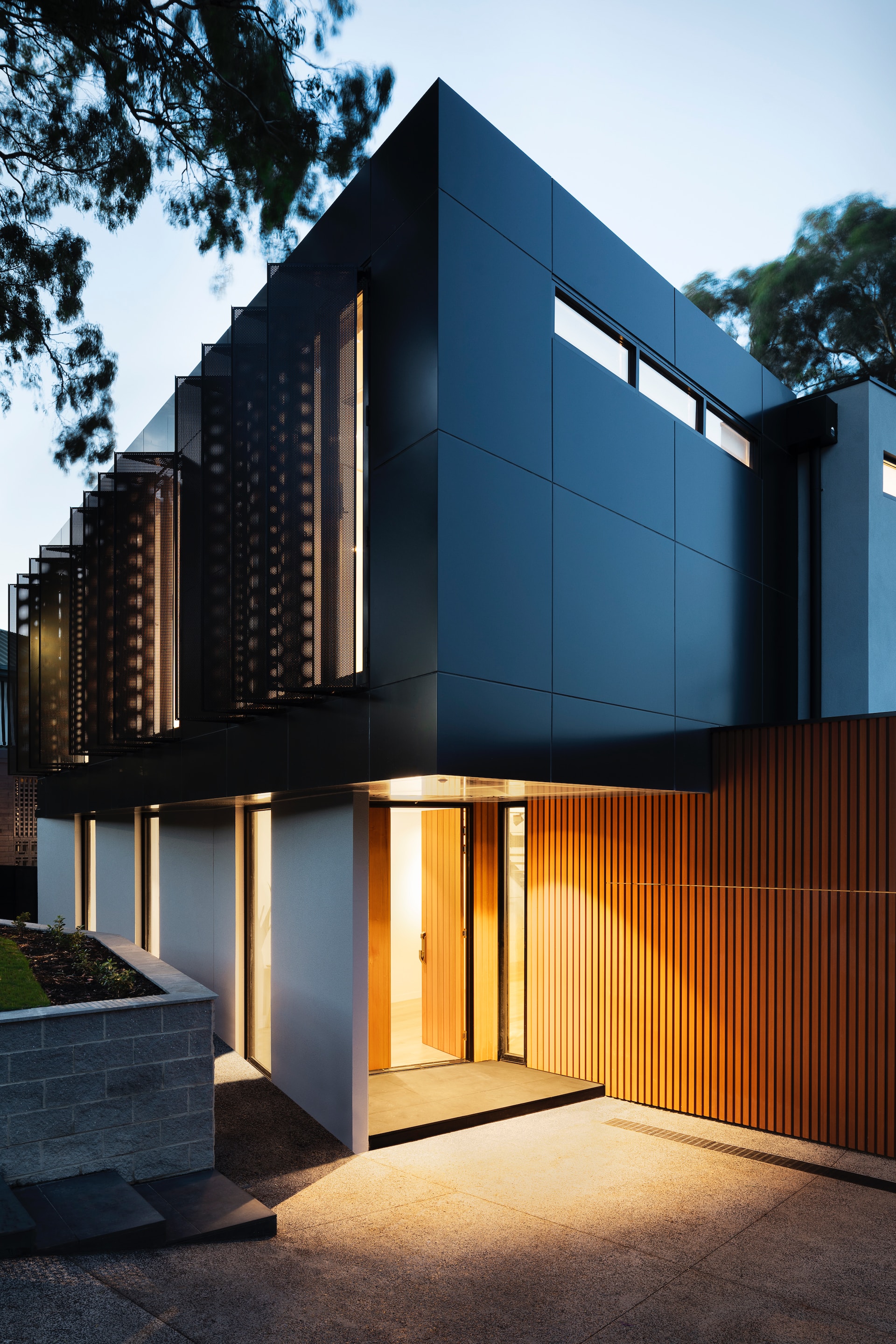What is a payback period?
Put simply, a payback period shows you how long it would take to ‘break even’ on a purchase, by comparing the initial cost to the potential savings. For example, if a product costs £250 and saves you £50 a year on your energy bills, the payback period would be 5 years.
When looking at costs and savings, it’s also important to consider how much each product can reduce your household carbon emissions by. With some products available on finance, the savings can also be more noticeable compared to a lower initial cost. Many products, like solar panels and modern windows, can also increase your home’s value, making them a more attractive investment.
Let’s look at the average costs, savings and payback periods for some of the most popular energy-saving and energy-generating products on the market, to see which would be the best investment for your home…


